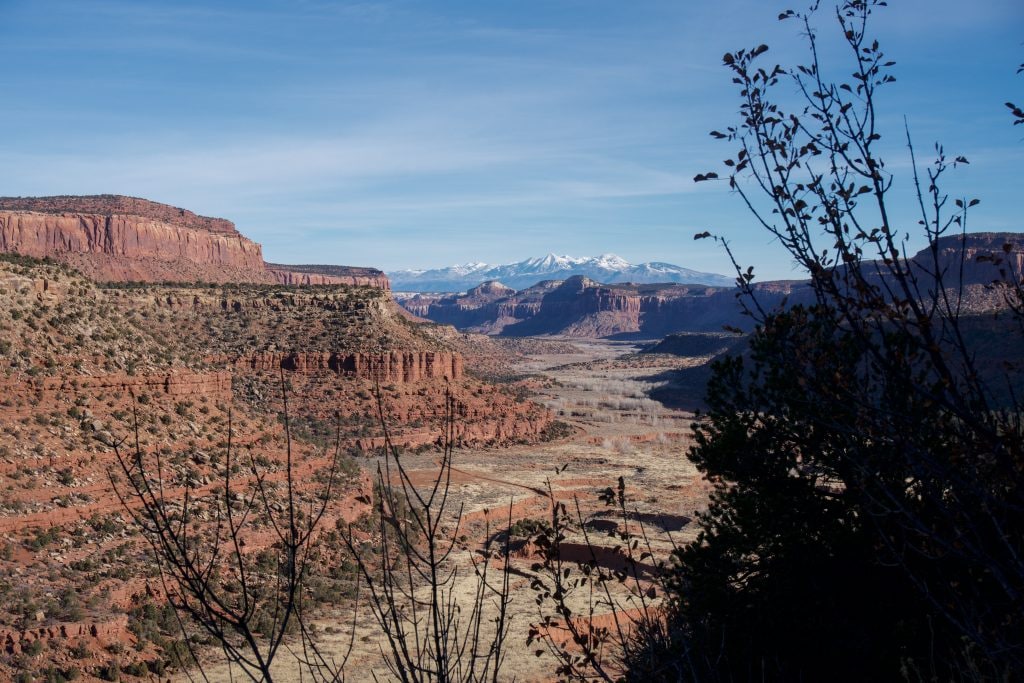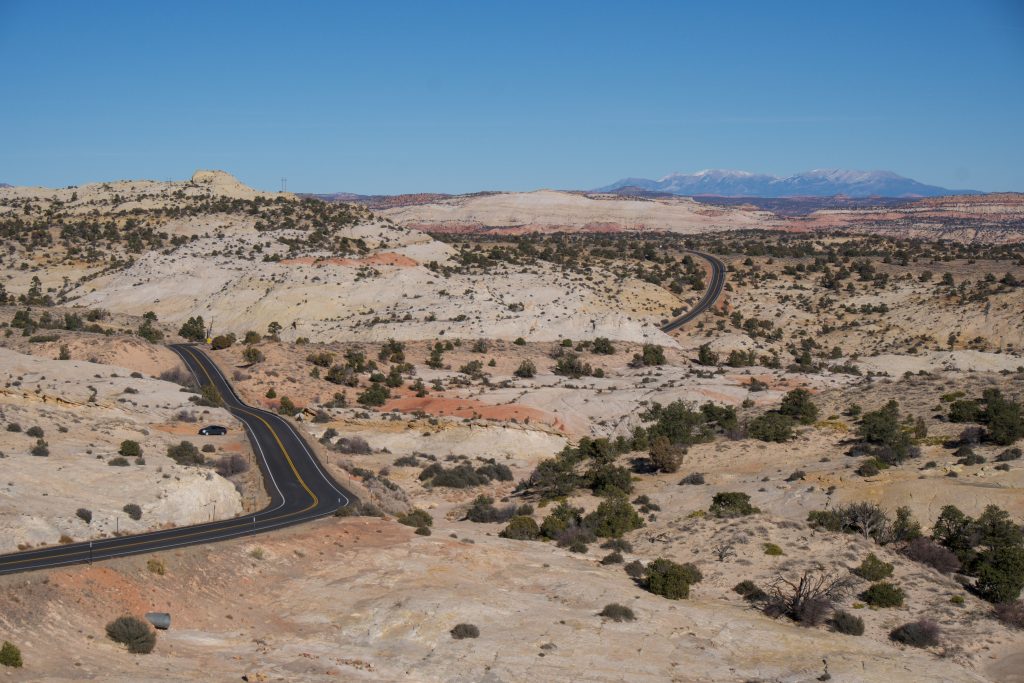In 2017, the public lands spotlight focused on the deserts of southern Utah. Bears Ears, the massive swath of lands known best for sweeping canyons and red rock wonderlands, has been the center of political debates, protests and outdoor advocacy movements. Slightly less covered by mainstream media, but equally affected, is the Grand Staircase-Escalante region.
With the presidential proclamations to shrink Bears Ears and Grand Staircase-Escalante national monuments in effect (at least for now—the decision is subject to multiple lawsuits), we wanted to know: What happens to the land no longer protected as a monument and what does it mean for recreation?
To begin, it is important to acknowledge the first land managers of this area: indigenous tribes. Numerous tribes consider the Bears Ears area historically and culturally significant. For centuries—and still today—Native Americans called this land home. They farmed, built communities, practiced sacred ceremonies and carried messages across hundreds of miles by foot on these lands.

For years, Utah Diné Bikéyah advocated for 1.9 million acres of land in the Bears Ears region to be permanently protected as a national monument. In 2016, President Obama declared 1.35 million acres as Bears Ears National Monument. In collaboration with the recreation industry, this designation included specific language ensuring climbing in areas like Valley of the Gods would remain accessible.
Grand Staircase-Escalante predates Bears Ears National Monument by two decades. In 1996, President Clinton designated approximately 1.7 million acres to be protected as a national monument.
The more recent Bears Ears designation came with controversy as the local extraction community clashed with outdoor recreationalists and tribes, and eventually resulted in a review of 27 monuments by U.S. Secretary of the Interior Ryan Zinke. In December 2017, President Trump formally announced plans to scale back and alter both Bears Ears and Grand Staircase-Escalante National Monuments. In early February 2018, the presidential proclamations took effect, reducing Bears Ears by 85 percent and dividing it into two units, Indian Creek and Shash Jáa, and reducing Grand Staircase-Escalante by nearly half and dividing it into three units, Grand Staircase, Kaiparowits and Escalante Canyons. Proposed legislation HR 4532 would eliminate the name “Bears Ears” entirely, and rename Indian Creek and Shash Jáa as two smaller monuments. This bill is currently in the House.
By the Numbers
Bears Ears National Monument
- Original Boundaries: 1,351,849 acres
- New Boundaries: 201,876 acres
- Proposed: 0 acres*
Grand Staircase-Escalante National Monument
- Original Boundaries: Approximately 1.7 million acres
- New Boundaries: 1,003,863 acres
*Reforming and renaming as Indian Creek and Shash Jáa National Monuments at 86,447 and 142,337 acres, respectively
Land no longer protected as a monument remains public land, but it returns to the land designation it previously held. The designation impacts what types of activities are allowed (and not allowed) in the area.
The formation of Bears Ears National Monument involved pulling acreage from numerous different land management agencies. Within the former boundaries of Bears Ears National Monument, you’ll find land managed by the U.S. Forest Service, the Bureau of Land Management and state-owned areas managed by the School and Institutional Trust Lands Administration.

In Grand Staircase-Escalante, the monument was created largely from Bureau of Land Management land, but also included a number of Utah School and Institutional Trust Lands parcels. The SITLA plots within the monument’s boundaries were eventually traded for federal land elsewhere in Utah in 1998.
Map courtesy of Outdoor Alliance
So, what’s allowed and not allowed in these different areas? Here’s how the various land management agencies stack up.
National Monuments
Comparable to national parks, designated national monuments are one of the highest levels of protection for public lands. This also means they are more restrictive for use, by both recreationalists and other users, like ranchers, loggers, etc. Monument designations do not always include language about recreation access. But in the case of both Bears Ears and Grand Staircase-Escalante, original designation proclamations included language that maintained public access for activities ranging from climbing to herb gathering. The revised designations leave this access up in the air, though. Many monuments allow activities like camping, horseback riding, motorized vehicles (on designated roads), etc.
16 presidents have used the Antiquities Act of 1906 to establish or enlarge national monuments. The Antiquities Act can be utilized to protect natural, cultural and historical places as national monuments; to expand current monument boundaries; to designate current monuments as national parks; and to allocate resources for monument management. Congress, too, can declare a national monument, which has happened 45 times, according to the National Park Service. In addition, Congress has used the…





